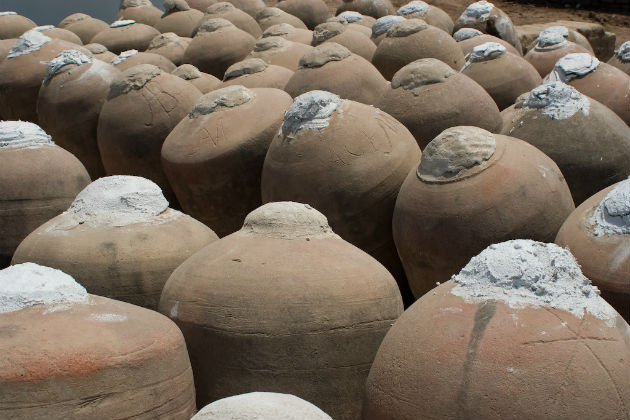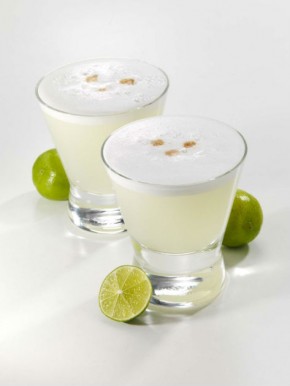Pisco: The Spirit of Peru

Long regarded as the national spirit of Peru, pisco is a grape brandy whose unique flavor and fragrance unites the European vine, the sunshine of Peru’s southern coast, and the wisdom of potters who create the jars in which the drink is stored. It dates back to the sixteenth century and is one of the few spirits with denomination of origin. This means that it must be produced in a specific geographical region: Pisco in the Ica district of southwestern Peru.
To qualify, in its distillation pisco must be made in small batches, crafted in traditional copper stills, and left unaltered—no additives, flavorings, or even water can be added to the finished product. Its color is transparent, its taste is bold, and its smell is slightly fragrant. Additionally, Peruvian pisco must also be made from at least one of eight specific grape varieties: Albilla, Italia, Moscatel, Torontel, Mollar Negra, Negra Corriente, Quebranta, or Uvina.
Here are some the most popular pisco cocktails:
Pisco Sour

The national drink and the most popular pisco cocktail worldwide, Pisco Sour is made from a mixture of Peruvian lime, egg whites, gum syrup, and pisco. Current knowledge attributes the invention of the drink to Victor Vaughn Morris, an American bartender. Morris left the United States in 1903 to work in Cerro de Pasco, a city in central Peru. In 1916, he opened Morris’ Bar in Lima, and his saloon quickly became a popular spot for the Peruvian upper class and English-speaking foreigners. It was here that the drink was created. Pisco Sour underwent several changes until Mario Bruiget, a Peruvian bartender working at Morris’ Bar, created the modern recipe in the latter part of the 1920s by adding bitters and egg whites to the mix.
Chilcano
One of the most popular modern pisco drinks combines pisco, lime juice, bitters, ginger ale, and sugar in a highball glass.
El Capitán
This classic drink dates back to the 1920s in the Puno highlands of southern Peru. There, the army captains, after making their nightly rounds, ordered their favorite combination at the canteens: pisco and vermouth. Over the years, the recipe crossed the Andes and reached the capital. Its evolution has brought it so far from its origins that now it is only served in a Martini glass.
Pisco Point
Pisco Point combines pisco with fresh fruits like apple, without losing balance or consistency, proving that pisco has a place in the most contemporary bars.
Tropical Pisco
This recipe infuses the drink with the warmest flavors of the tropics, combining the purity of pisco with Caribbean fruits such as grapefruit. This Peruvian drink, which is mixed with flavors from far-flung Polynesia and the East Indies, reveals that pisco is more than a Peruvian spirit. It is truly a universal brandy.
Want to try a drink? Visit Pisco Nights at the Folklife Festival to try a Pisco Sour, Festival Signature Cocktail, or the Tasting Flight, featuring fine artisanal brands Macchu Pisco, Sol de Ica, and Pisco Portón. You can also purchase a bottle to take home at the Festival Marketplace—open June 24 through July 12.
Luis Chang works for the Peru Trade Commission and acted as an advisor for the Perú: Pachamama program.

